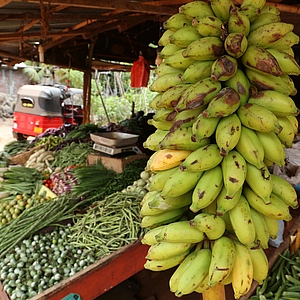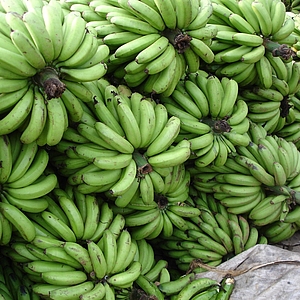After going through the key steps of the priority assessment, namely the identification of key constraints, description of research options, introduction of methodology used (Cost-Benefit Analysis and Economic Surplus Modelling), and account of data sources and elicitation process for parameter estimates, we can now look at the results of the Strategic Assessment of Banana Research Priorities.
Before having a look at the results, we invite you to briefly take a look at the section on how to interpret and use the results in which we recap the explanatory power of the main outcome variables. As a next step, you can browse through the results from the Cost-Benefit Analysis using Economic Surplus Modelling and examine the number of beneficiaries, poverty reduction and regional distribution of impacts. Last but not least, results of the Sensitivity Analysis that was performed will be outlined.





